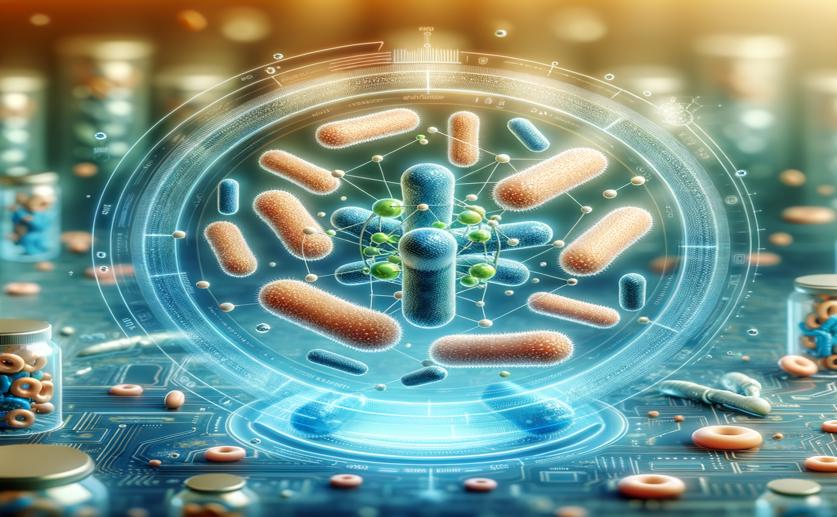
Improved Growth of Bacteria for Antibiotics with Tiny Particles
Jenn Hoskins
28th April, 2024

Image Source: Natural Science News, 2024
Key Findings
- At Lodz University of Technology, adding talc microparticles to Streptomyces rimosus cultures increased antibiotic production
- Talc addition changed the bacteria's growth, resulting in smaller, less clumpy forms that are easier to harvest
- Specifically, talc microparticles led to a 9-fold increase in oxytetracycline production, a valuable antibiotic
References
Main Study
1) Morphological-metabolic analysis in Streptomyces rimosus microparticle-enhanced cultivations (MPEC)
Published 25th April, 2024
https://doi.org/10.1007/s00449-024-03015-2
Related Studies
2) Microparticles enhance the formation of seven major classes of natural products in native and metabolically engineered actinobacteria through accelerated morphological development.
3) Unlocking Streptomyces spp. for use as sustainable industrial production platforms by morphological engineering.
Journal: Applied and environmental microbiology, Issue: Vol 72, Issue 8, Aug 2006
4) The antitumor antibiotic rebeccamycin-challenges and advanced approaches in production processes.



 22nd April, 2024 | Jim Crocker
22nd April, 2024 | Jim Crocker